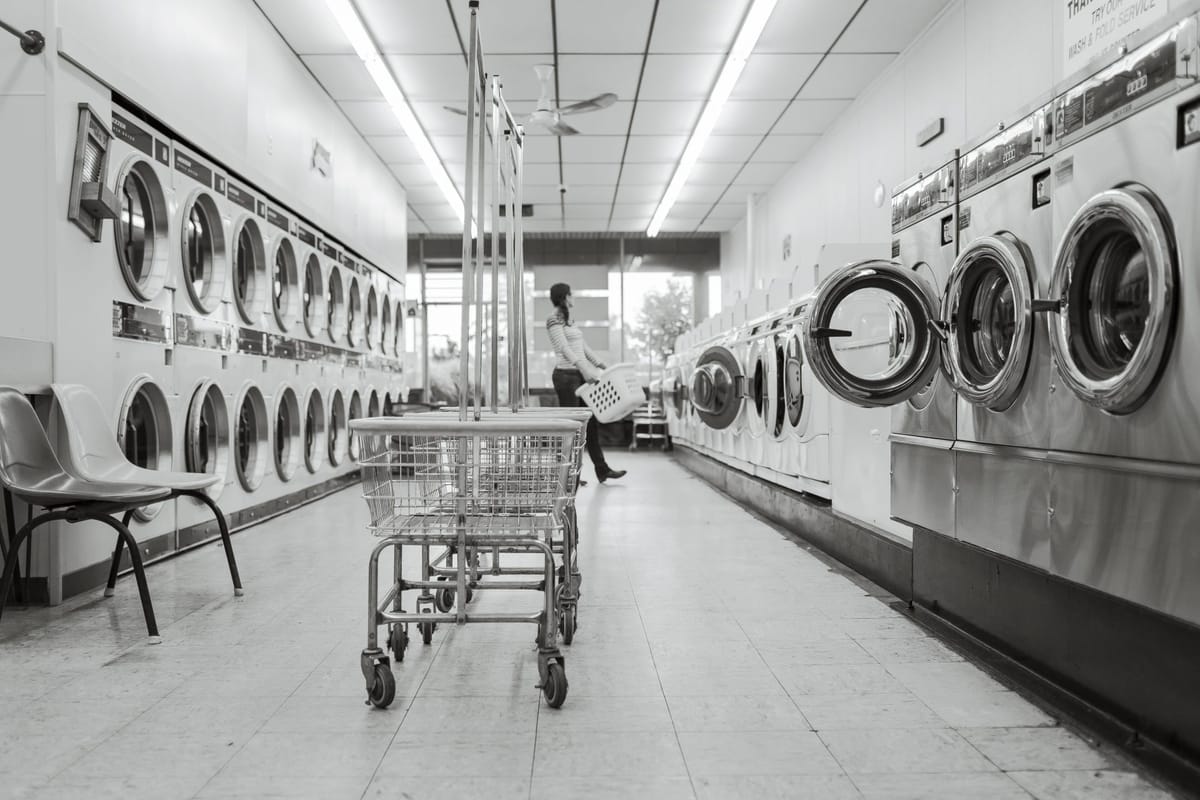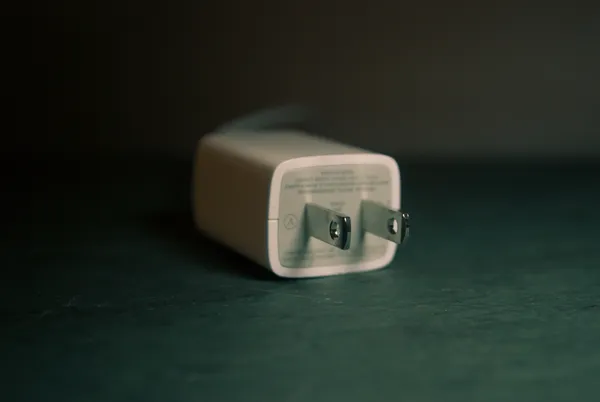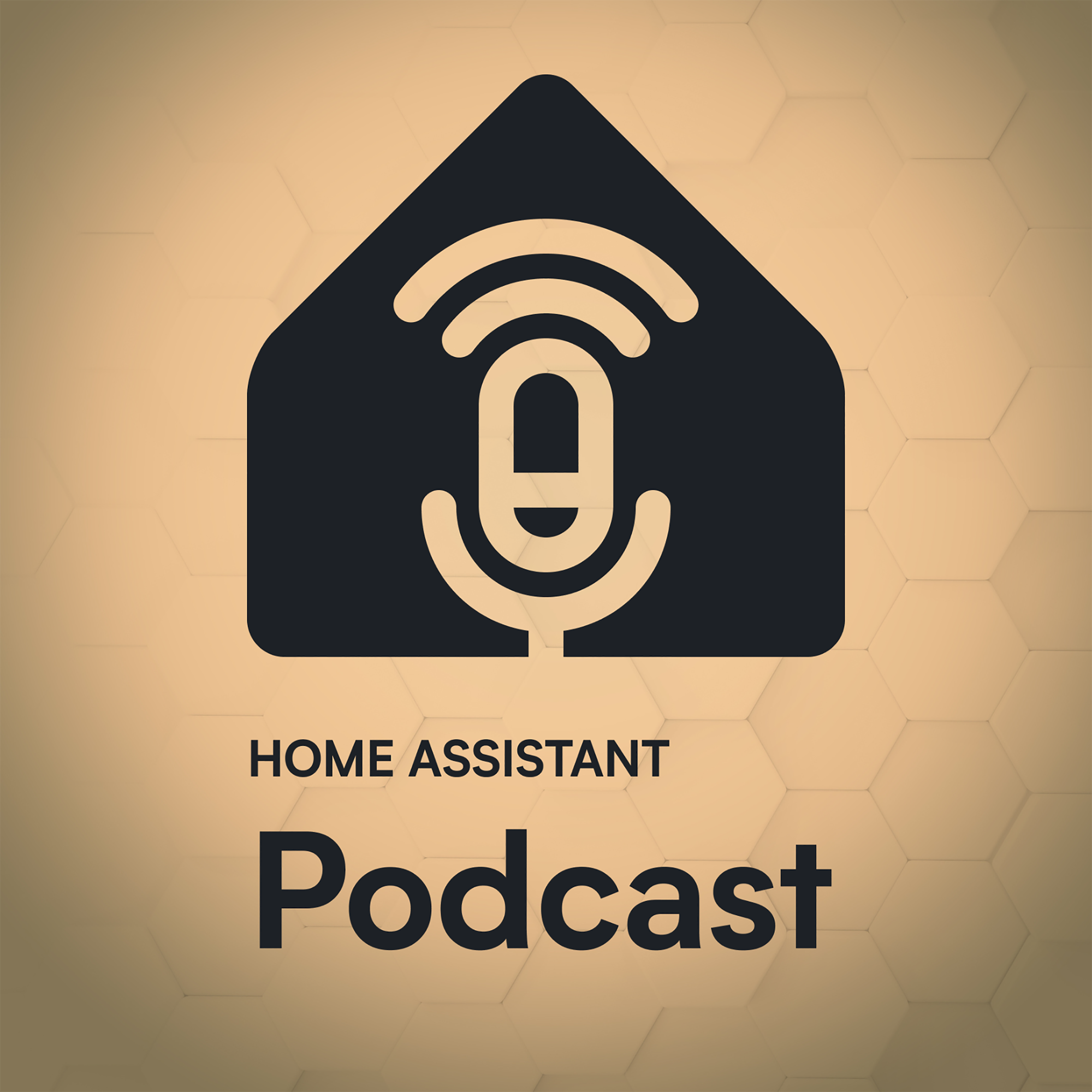Smart Plugs are great for renters. They don't require an electrician, can come with you when you move, and will generally work with anything that can be turned off or on at the wall.
Before I list some of the smart plugs you can get today, let's first list some appliances you might want to automate around your home.
- A floor or desk lamp
- A panel heater
- An air humidifier or fan
- A kettle to boil water when you wake up
A note about terminology
This post is all about smart plugs, not switches which you use to turn something on/off. Plugs are used to send power to your existing devices, and can be turned on/off from your smart home controller.
Unfortunately some brands (you'll see in a moment) call their products switches, which can lead to some confusion.
If you're a renter and looking for some smart switch options, I'll have a post for that soon, so consider joining my email list so you don't miss out.
The Options at a Glance / TL;DR
Here's a handy table comparing various options available. All of the options below have compatibility with Home Assistant.
| Brand/Product | Protocol | Hub/Controller Required | Power level monitoring |
|---|---|---|---|
| Aeotec Smart Switch | Z-wave | ✅ | ✅ |
| TP-Link HS-100 | WiFi | ❌ | ❌ |
| TP-Link HS-110 | WiFi | ❌ | ✅ |
| Xiaomi Smart Plug (Zigbee) | Zigbee | ✅ | ✅ |
| Xiaomi Smart Plug (WiFI) | WiFi | ❌ | ❌ |
| Hive Smart Plugs | Zigbee | ✅ | ✅ |
| HomeMatic | BidCoS | ✅ | ✅ |
| Insteon Switches | Insteon | ✅ | ❌ |
| Lutron Caseta Switches | Lutron Caseta | ✅ | ❌ |
| Smappee Switch | RF 433 MHz or 915 MHz (US) | ✅ | ❌ |
| Tellstick Switches | Z-wave | ✅ | ✅ |
To power monitor, or not to power monitor
One advantage of a smart home is the ability to monitor the power your appliances are using. Before buying a smart plug, you should decide if power monitoring is important to you.
There's several use cases you may want to use for power monitoring your devices. The most obvious choice would be to chart and calculate a devices cost in something like Grafana. However you could also use these as just energy monitors, which is what I use to make my washing machine and dishwasher smart.

You may need to pay a little bit extra for energy monitoring, but it may be able to make your home a little bit smarter. Here's some other quick ideas you could use, just based on energy usage reports:
- Detect when a TV is on. When the TV is turned on, don't turn the lights off if a motion sensor stops detecting motion. This will stop the lights turning off when everyone is hiding under the blanket watching a scary movie.
- Similarly, detect when your PC monitor is in use (turned on) so that the house knows you're working in your office.
- Monitor the power consumption of your fridge and freezer. If the power consumption is higher than average, a door seal may be broken and wasting energy
Zwave
Zwave is a wireless home automation protocol. There's sensors and light bulbs, as well as smart plugs (some brands call these appliance modules).
The great thing about Zwave (as opposed to other wireless protocols like Zigbee) is its standards. You don't have to buy the same brand of Zwave gear for them to talk to each other. You could have a Fibaro motion sensor connected to Samsung Smarthings controller, which turns on/off an Aeotec smart switch. They should all communicate and work fine together. There are some slight edge cases here and there, but for the most part this is true.
There's two varieties of Zwave switch. An 'appliance module' which will simply turn the switch on and off. Then there's the dimmer module, which can be used for lights to control their brightness as well as on/off state.
Generally speaking, Zwave gear isn't cheap, and you might have to do some configuration to get things setup.
Here are some options for Zwave smart switches you can get. Remember Zwave frequencies vary by region/country, so you'll need to ensure the frequency of your smart plug works with your controller.
- Aeotec Smart Switch 6
- Aeotec Smart Dimmer 6
- Aeotec Smart Power Strip
- Fibaro Wall Plug
See the products I use in my smart home
TP Link WiFi Switches
If you don't have Zwave already, or reluctant to need another hub/controller on your network, then the TP Link WiFi smart plug might be for you.
The TP-Link smart plugs connect directly to your WiFi network, and the HS110 model can also track how much energy the plugged in device is using.
The TP-Link plugs also natively work with the Amazon Echo and Alexa. It helps that these plugs are generally much cheaper than Zwave smart plugs.
Xiaomi
Xiaomi is the Chinese brand who's been killing it recently. From robot vacuum cleaners and plant sensors, their new home automation offerings shouldn't be passed up. I recently got started with Xiaomi and set it up with Home Assistant.
One of their offerings is also a smart plug.
The Xiaomi Plug/Socket and Xiaomi Wall Plug both have integrations with Home Assistant. However only the Zigbee version will report energy consumption. If you accidentally got the WiFi version (like me), you can still set it up with Home Assistant, just not with the Xiaomi Gateway.
These Xiaomi plugs are cheap. Taking a look at the plug on Gearbest it is US$16.99, and a lot of retailers drop the prices on these in sales events.
As mentioned, for the Zigbee version, you'll need the Gateway that goes with it, but that's also pretty cheap compared to a Zwave hub or controller. If you get the WiFi version, you can skip the need for the Gateway, but integrating it with your own Home Automation system might be a bit more tricky.
If you purchase items from overseas, you'll appreciate the international socket the comes with the smart plug from Xiaomi. However, you will need an adapter to plug it into your homes wall power sockets (unless you live in China, Australia or New Zealand).
I'm still a bit skeptical trusting a Chinese socket on some of my devices, especially if I was to plug them into an expensive appliance like a dishwasher or fridge to monitor the power usage. However if you're not fussed about that, then these are a great buy to automate some appliances around your house.
Generic WiFi Smart Switches
Take a look on Amazon or even eBay and you'll find a plethora of WiFi smart switches. Some much cheaper than even the Xiaomi ones.
However buyer beware when it comes to app compatibility, if they require a cloud connection, or trying to integrate it with your home automation controller/software. The other brands I've listed here have compatibility with Home Assistant, so you can at least have some guarantees if you stick with those. Other closed off systems might not expose an API or easy way to control these devices, outside of their own ecosystem.
Wrapping Up
There's now a few different brands of smart plugs you can use to automate or measure dumb devices. The range can now also suit most budgets.
For renters these are a great choice, as you can easily take them with you if you move into another rental, and your landlord can't complain about their use. If you're not renting, smart plugs might be a cheaper choice than replacing a whole wall outlet if you only need to measure/control a handful of devices.
Together with Rohan Karamandi, hear me break down the latest Home Assistant release and talk with other users of Home Assistant across the open-source community.







